Pipelines Play a Critical Role in Our Daily Lives
The U.S. has the largest network of pipelines in the world. Millions of miles of pipeline thread their way across the United States, creating a transportation system that delivers fuels and feedstocks that American consumers, businesses, and manufacturers use daily.
-
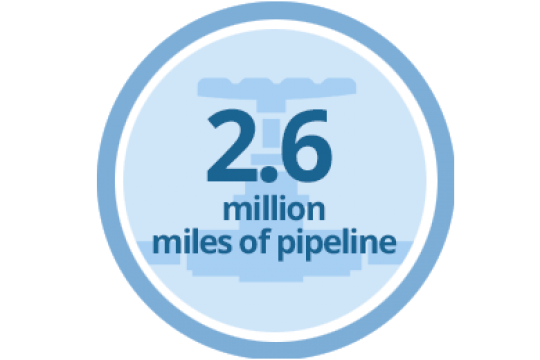 2.6 Million miles of pipelines
2.6 Million miles of pipelinesAmerica has over 2.6 million miles of pipelines safely delivering natural gas and petroleum products throughout our nation.
-
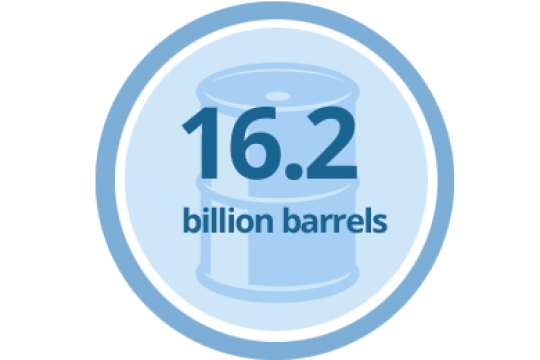 16.2 billion barrels
16.2 billion barrelsLiquid pipelines deliver over 16.2 billion barrels (680 billion gallons) of products annually such crude oil, gasoline, diesel, and ethane.
-
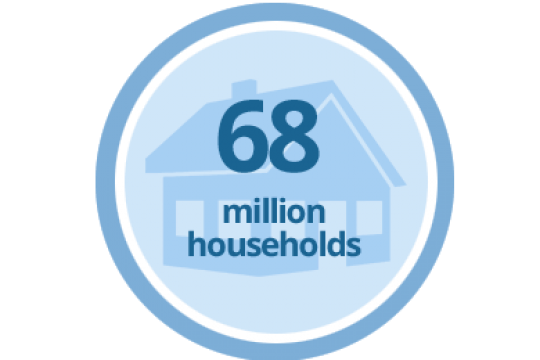 68 million households
68 million householdsThe U.S. natural gas pipeline network delivers natural gas supplies to 68 million households and more than five million commercial enterprises in the U.S. – about 73 million customers.
Pipelines Strengthen Our Economy
Oil and natural gas pipelines fuel America’s economic engine. The energy delivered through pipelines allow Americans to commute to work, power the industries that make goods and supply services and are used as raw materials in manufacturing. As our pipeline network grows to meet the demands of the U.S. shale boom, our economy benefits from the increased new supplies and distribution of abundant American energy.
-
 73,210
73,210According to the Department of Labor’s Bureau of Labor Statistics, the average wage for a worker in the pipeline transportation sector is $73,210.
(Bureau of Labor Statistics May 2014 National Industry-Specific Occupational Employment and Wage Estimates; Pipeline Transportation; May 2015)
-
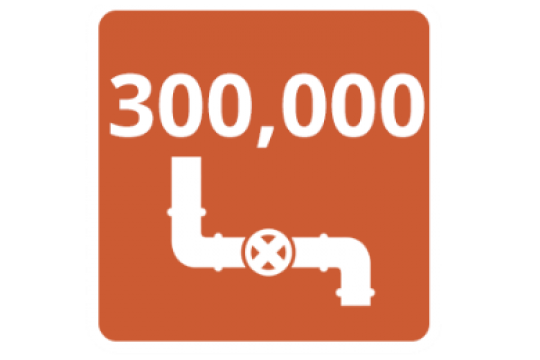 300,000
300,000Pipelines deliver crude oil to over 140 refineries across the country that directly employ about 300,000 American workers and indirectly support nearly 2 million American jobs.
-
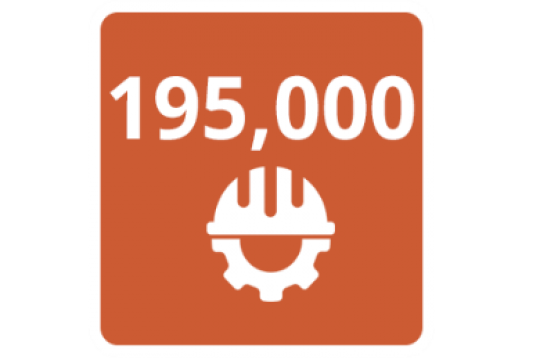 195,000
195,000Pipelines delivering natural gas from America’s shale gas boom will supply enough manufacturing feed-stocks to spur 17,000 new high-paying jobs in the U.S. chemical industry, 195,000 jobs down the manufacturing supply chain, and 230,000 indirect jobs created by these new investments.
Pipelines Are Safe and Regulated
State and federal government regulatory processes guide the construction and safe use of oil and gas pipelines. Regulations ensure the safety of the design, operation, maintenance, and emergency response of oil and natural gas pipelines and facilities.
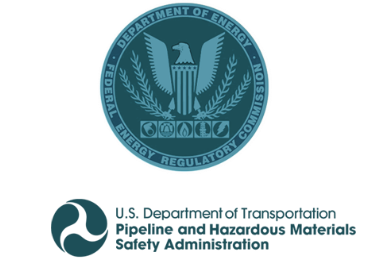
Processes are in place to provide for the proper siting, planning, and public and stakeholder input and review of pipeline projects prior to construction.
At the federal level, the Federal Energy Regulatory Commission (FERC) is an independent federal agency that is responsible for approving the siting of interstate natural gas pipelines and regulates the transmission and sale of natural gas. FERC’s pipeline siting review process provides multiple opportunities for public and stakeholder input.
Along with FERC, the Pipeline and Hazardous Materials Safety Administration (PHMSA) is responsible for regulating the safety of design, testing, operation, maintenance, construction, and emergency response of U.S. oil and liquids pipelines.
Each state has its own process for the review and permitting of pipelines. States have primary authority over oil pipeline siting and construction, although companies may also need to apply for additional federal permits.
Pipelines Are Good for America, but Face Challenges
America is blessed with tremendous supplies of all forms of energy, the ingenuity and ability to develop technology to utilize it more cleanly and efficiently, and the means to transport it safely. If pipelines aren’t built to move energy supplies to where it is needed, all the benefits to consumers, communities, and our economy will be lost.
Unfortunately, activists who wish to “keep it in the ground” are attempting to impede the construction of pipelines and the development of energy in general. This extreme approach threatens America’s economy and our security.
-
blank
-
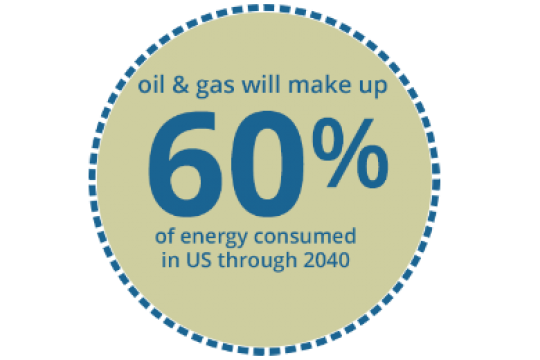 60%
60%According to federal government estimates, oil and natural gas will still make up over 60% of the energy consumed in the U.S through 2040. (The Energy Information Agency EIA)
-
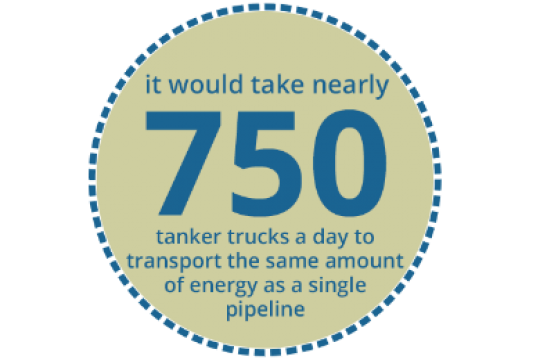 750
750To move the same amount of product that an average sized pipeline transports, you would have to constantly fill and move a tanker truck every two minutes, 24 hours a day, seven days a week – almost 750 tanker trucks a day. The railroad-equivalent of the same average sized pipeline would be a train with 75 two-thousand barrel tank cars filling up and moving every day.
(Pipeline and Hazardous Materials Safety Administration website; General Pipeline FAQs)
-
blank


